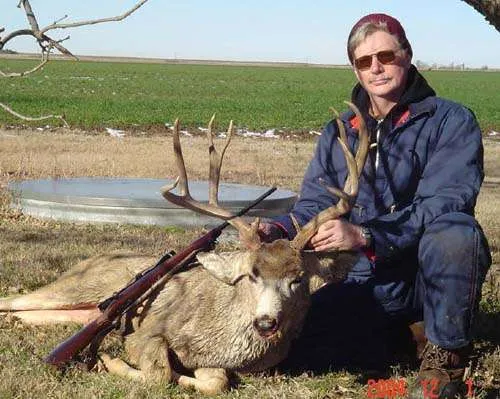Mid-afternoon a couple of weeks ago in Salina and there it was on Debold Street, westbound and waiting at the light on 9th ‒ a pale blue GTO convertible, top down and spotless, showing cream leather upholstery. A flawless mid-60s retro that shaved years off the man ‒ gray crew cut, white T-shirt ‒ at the wheel.
A car like that gets a look.
Dozens like that one are expected to catch a lot of eyes on Saturday at the 24th annual Smoky Valley Classic Car Show at Lindsborg’s Swensson Park. The show has become legendary among car buffs, a magnet for authentic beauty that each year draws more than a hundred vehicles and streams of admirers.
“And they love it because of the shade,” said Ken Swisher, a car guru who has been involved with the show since its earliest days. The park’s grassy landscape, its gardens and high old trees give relief from the heat of an August day.
The Car Show is a memory siren for the older generation and a learning experience for the curious, a place of storied times. Scores of shiny vehicles, most of them cars, will seem in better shape than they were decades ago fresh on a showroom floor.
The most ardent fans at the show may seem akin to the cars they come to admire ‒ rebuilt with their own new shocks, struts, carburetors, transmissions, even electronics. In the crowd are many new knees, hips, shoulders, pace makers and valve jobs, among other restorations.
The show brings a comingling of flesh and machinery from a time when vehicles were steel and their paint, renewed by masters, holds that magnificent sheen particular only to a body of steel.
The Park will throb again with the lavish music of unadorned times, of the luster of doo-wop and Motown. The music is an anthem, an off-ramp to reminiscence. The old days and simpler times are not coming back, but they hold lessons of the past and the car show offers a ride.
Some vehicles ‒ ’30s and ’40s coupes and sedans ‒ are from a time when the best highways in Kansas and most of America were paved and narrow two-lanes. But the vehicles got bigger and so did the roads, bringing America the Interstate highway plan (1956), a national highway network of unbroken travel. America was put in the driver’s seat of a nation on wheels. Twenty years later, 41,000 miles of Interstate ribbon had become great roadways, adding countless new lanes over another 7,000 miles.
Classics at the event have been among the first to roll their tires along the superhighways that inspired a lot of delicious vehicles: ’50s Fords and Chevys, their T-Birds and ‘Vettes, the radical fins of Chryslers and Plymouths, two-tone coats, white over turquoise, pink over black, solid lavender or lavender over black, more combinations that only the gods of metallic pastels could imagine.
*
These vehicles and their people outface today’s newer, overcrowded, noisier, more hectic world. They speak of an America less complicated, of people who were easy going, less apt to squint at strangers, not so ready to take offense or to shout and blame.
If only we could get behind that old wheel again for another driving lesson. It might show us that it’s futile to long for that simpler and smaller world of the past, but we might revive the past’s better manners, those traditional modes of politeness, the grace notes that make living in a busy, jostling world more bearable and more promising.





